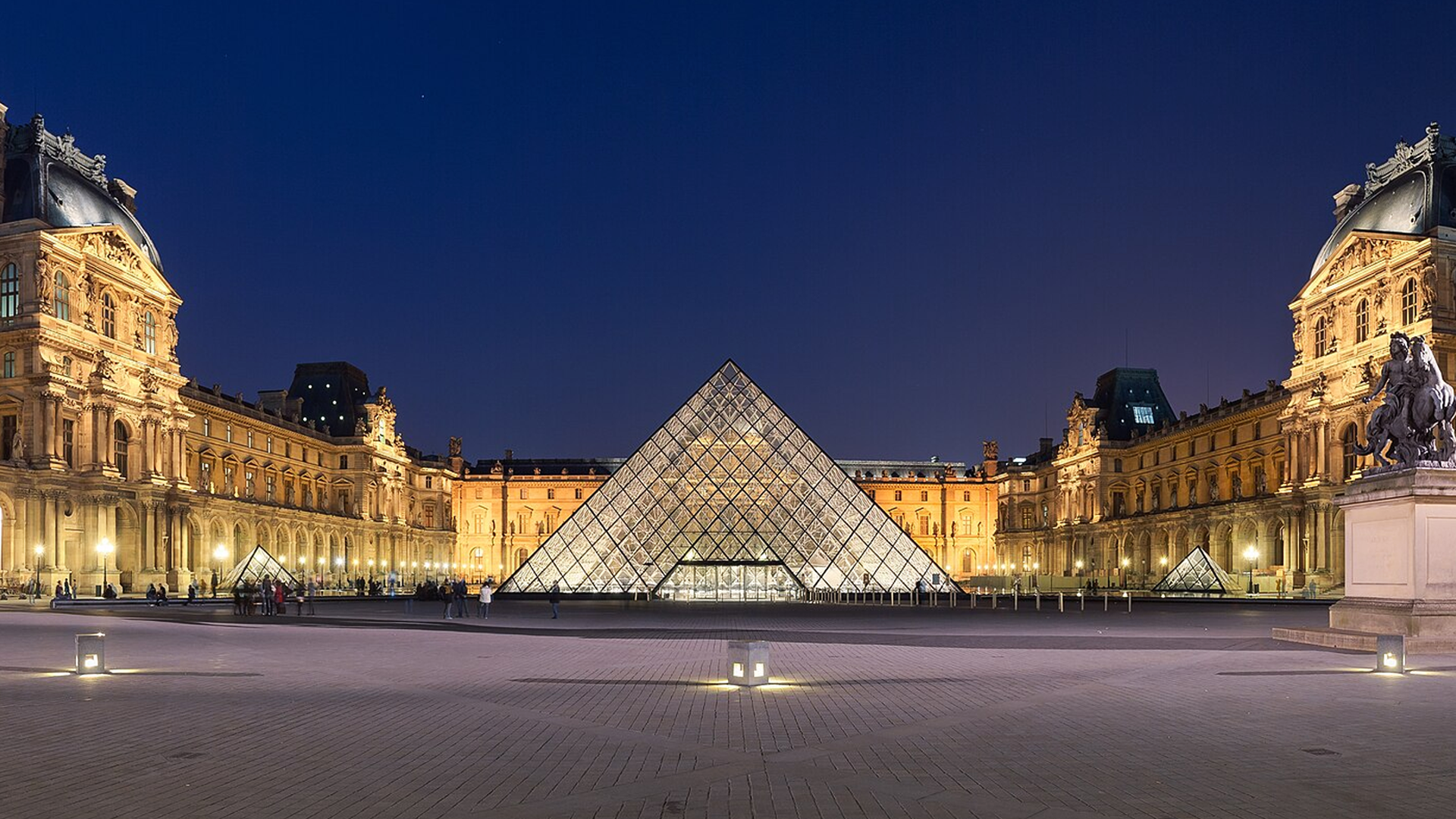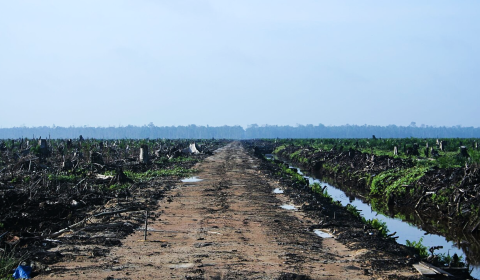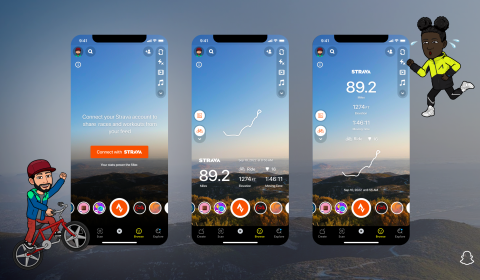The iconic museum promptly shut its doors this week after crowds overwhelmed staff.
The Louvre is one of the most visited tourist attractions in Paris, and one of the most iconic museums in the world.
Every day, an average of 28,000 people walk through the halls of this historic landmark – many of them armed with phones and selfie sticks primed for a shot of the Mona Lisa (arguably the most famous painting ever made).
To think this institution would abruptly close its doors during peak hours – particularly in the absence of an emergency – would have been unthinkable a few days ago. Afterall, attractions like the Louvre have cemented Paris as one of the prime tourist destinations in Europe, with visitors generating roughly €19.6billion for the national economy in 2022.
And yet the doors to the museum were left closed on Monday morning, leaving thousands of would-be visitors waiting in long lines outside. Staff had staged an unplanned strike, with security guards, gallery attendants, and receptionists refusing to show up for work.
The mass walkout follows warnings from the museum’s director about the impacts of mass tourism – large crowds have placed growing pressure on the institution and led to crumbling infrastructure and deteriorating conditions.
Employees were reportedly fed up with the understaffed and overcrowded state of the museum, forcing leadership to meet with them around 10:30am local time on Monday. Visitors were subsequently told they would have their tickets refunded should they be unable to get inside.
Those left waiting outside were given little clarity on the situation for most of the morning, leaving individuals frustratedly waiting for hours with no idea what had happened.
‘It’s the Mona Lisa moan out here,’ said Kevin Ward, a tourist from Milwaukee. ‘Thousands of people waiting, no communication, no explanation. I guess even she needs a day off.’
The Louvre’s closure comes as various destinations across Europe face mounting pressures from over-tourism. Most recently, locals have staged protests in cities like Barcelona, bemoaning the impact of foreign visitors on their quality of life.
Campaigners say excessive levels of tourism are forcing locals out of affordable housing, raising the cost of living, and making city centers unusable. But others argue tourism is vital for keep economies alive – particularly in cities where local exports are few and far between.
But the Louvre’s closure is notable for its rarity. The museum has only previously shut during the war, the pandemic, and a handful of strikes – one in 2019 was caused by overcrowding, and another by mounting safety fears in 2013.
As one of Paris’ most historic and culturally monumental buildings, protecting the Louvre is crucial for French leaders. Just a few months ago, President Macron unveiled a sweeping decade-long plan to protect the Louvre from the very problems now prompting its sudden closure – water leaks, dangerous temperature swings, outdated infrastructure, and foot traffic far beyond what the museum can handle.
The Mona Lisa is the museum’s most popular attraction, and sits at the center of overcrowding concerns.




















